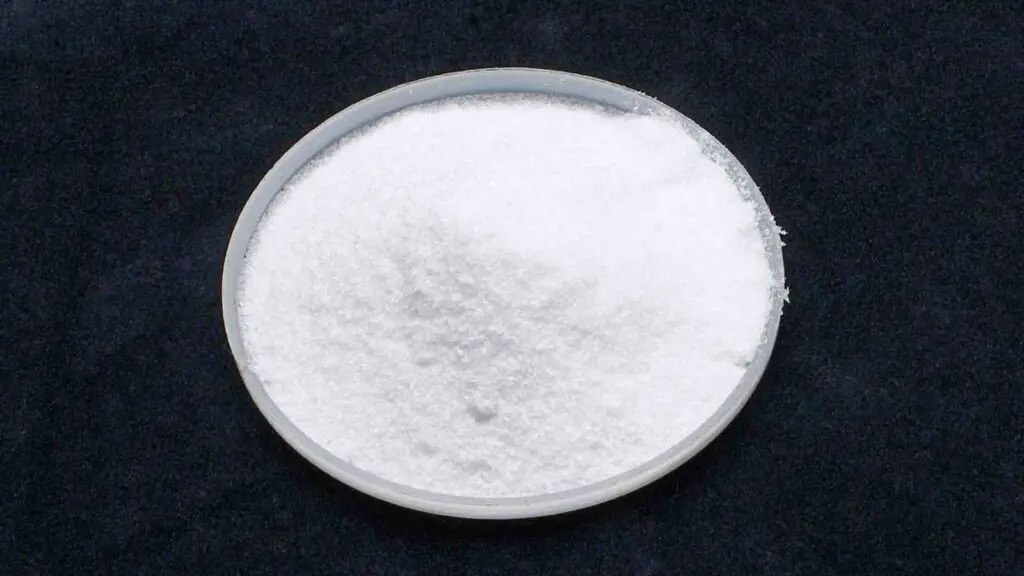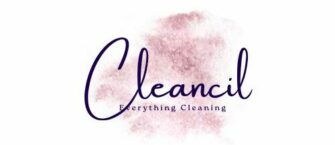The world of laundry care is filled with a plethora of detergent options, each with its own unique formulation designed to tackle specific cleaning challenges.
Among these, Woolite stands out as a popular choice for those seeking a gentle yet effective solution for their delicate garments. Borax, on the other hand, is a versatile mineral known for its powerful cleaning and stain removal properties, making it a common product in laundry care.
With increasing consumer interest in understanding the composition of everyday products, one might wonder whether Woolite contains borax as an active ingredient in it?
In this article, we’ll delve into the ingredients of Woolite to find out whether borax is part of the list.

What Is Borax?
Borax, also known as sodium borate, is a naturally occurring mineral composed of boron, sodium oxygen and water.
It appears as a white, odorless, crystalline powder and is primarily sourced from evaporite deposits in areas where seasonal lakes evaporate, leaving behind mineral-rich deposits.
Borax has a wide range of applications due to its unique properties, such as its ability to clean, disinfect, deodorize and soften water.
In the world of household cleaning, borax is particularly popular as a laundry booster and multipurpose cleaner.
When used in laundry detergents, borax can help enhance the effectiveness of the detergent by increasing the alkalinity of the water, which aids in breaking down stains, grease and dirt.
Moreover, borax can act as a natural water softener, making it easier for the detergent to penetrate fabrics and remove dirt.
In addition to its cleaning applications, borax is used in various industries, including glass and ceramics manufacturing, metallurgy, agriculture and cosmetics.
It is important to note that while borax is considered safe for general household use, it can be harmful if ingested or inhaled in large quantities, so it should be handled with care and kept out of reach of children and pets.
Is Borax Safe?
Borax is generally considered safe for most household applications, including laundry and cleaning when used as directed.
However, it is important to be aware of its potential effects on the skin, the environment and clothing.
Skin contact
For most people, borax is unlikely to cause significant irritation when it comes into contact with the skin in small amounts.
However, some individuals may experience mild skin irritation, redness or itching, especially with prolonged or repeated exposure.
To minimize the risk of skin irritation, it is recommended to wear gloves when handling borax directly and to wash any affected areas with water if contact occurs.
Environment
Borax is a naturally occurring mineral, and its environmental impact is generally considered to be low when used and disposed of responsibly.
Borax is biodegradable and does not bioaccumulate, which means it is not likely to persist in the environment or concentrate in the food chain.
However, excessive use or improper disposal of borax can still harm aquatic life, plants and soil organisms.
To minimize environmental impact, use borax sparingly and follow local guidelines for proper disposal.
Clothing
Borax is generally safe for use on clothes and can even improve the effectiveness of laundry detergent.
When used in the right proportions, borax can help to remove stains, brighten colors, and soften hard water.
However, it is essential to follow the recommended usage instructions and avoid overusing borax, as excessive amounts can cause damage to certain fabrics, particularly delicate or sensitive materials.
Additionally, it is important to test a small, inconspicuous area of the fabric first if you are unsure about how it will react to borax.
What Is The Laundry Significance Of Borax?
In the context of laundry, borax has several significant benefits:
- Cleaning booster: Borax enhances the effectiveness of laundry detergent by softening the water, which helps the detergent work more efficiently. This results in cleaner and fresher clothes.
- Stain removal: Borax is an effective stain remover, particularly for protein-based stains such as blood, sweat and grass. It helps break down and remove these stains from fabrics, making it a useful addition to your laundry routine.
- Whitening and brightening: Borax can help whiten whites and brighten colors. It works by converting water molecules into hydrogen peroxide, which is a natural bleaching agent. This gentle bleaching action helps remove stains and maintain the vibrancy of your clothes.
- Odor elimination: Borax can help neutralize and remove unpleasant odors from laundry, such as sweat or mildew. It works by breaking down odor-causing molecules and absorbing them, leaving your clothes smelling fresh.
Does Any Woolite Product Have Borax?
The formulations for Woolite detergents, as of this moment, does not include borax, however, formulations can change anytime, and so it is always recommended to double-check the ingredients listed on the product packaging or consult Woolite’s website for the most up-to-date information regarding a specific product you’re interested in.
What Are The Ingredients In Woolite Detergents?
Woolite detergents generally contain a blend of ingredients designed to gently clean and protect delicate fabrics.
The exact ingredients and their concentrations may vary depending on the specific product and formulation.
However, some common ingredients found in Woolite detergents are:
Surfactants: These are the primary cleaning agents in laundry detergents. Woolite typically uses anionic and nonionic surfactants, such as linear alkylbenzene sulfonate (LAS) or alcohol ethoxylates, which are effective at removing dirt and stains from fabrics while being gentle on delicate materials.
Enzymes: Enzymes like protease, amylase and lipase help break down and remove protein, starch, and fat-based stains respectively. They can be particularly effective at low temperatures, which is suitable for washing delicate fabrics. Enzymes are typically present in only the pac variants of Woolite nowadays.
Solvents: Solvents such as propylene glycol or ethanol can help dissolve stains and keep them suspended in the wash water to prevent redeposition onto fabrics.
pH modifiers: Ingredients such as sodium carbonate or sodium bicarbonate may be added to adjust the pH of the detergent, which can impact cleaning performance and fabric care.
Fragrance: Woolite detergents may contain fragrances to provide a pleasant scent to the washed fabrics. Some Woolite products also have fragrance-free versions for those with sensitivities to perfumes or for consumers who prefer unscented detergents.
Preservatives: Preservatives such as methylisothiazolinone or benzisothiazolinone may be added to detergents to prevent microbial growth and extend shelf life.
Colorants: Some Woolite detergents (like pods) contain colorants to give the product a distinct appearance.
(Woolite does not contain lanolin, fluorescing agents or fabric softener in it).
Remember that the specific ingredients and their concentrations can vary depending on the particular Woolite product and its intended purpose.
It is always best to check the product label or consult the manufacturer’s website for the most accurate and up-to-date information on the ingredients in a specific Woolite detergent.
Are There Detergents That Contain Borax?
Borax is mostly used as a laundry booster which can be purchased and added separately with the laundry detergent, however, very few brands can also include borax into their formulation for all the benefits it provides.
To determine if a detergent contains borax, look at listings such as sodium borate, borax or borax decahydrate in the ingredient listing.
If the product label does not provide a complete ingredient list, contact the manufacturer directly or visit the manufacturer’s website. Most companies provide detailed information about their products, including the ingredients used.
You can also search for the product’s Safety Data Sheet (SDS), which is a document required by law that provides information on the product’s composition, potential hazards, and safety precautions. The SDS can usually be found on the manufacturer’s website or by conducting a simple internet search.
It is essential to note that while borax is a popular ingredient in some laundry detergents and homemade cleaning recipes, it may not be suitable for all fabrics or individuals.
Borax can be irritating to the skin or eyes, so it is crucial to handle it with care and follow the manufacturer’s guidelines for use.


